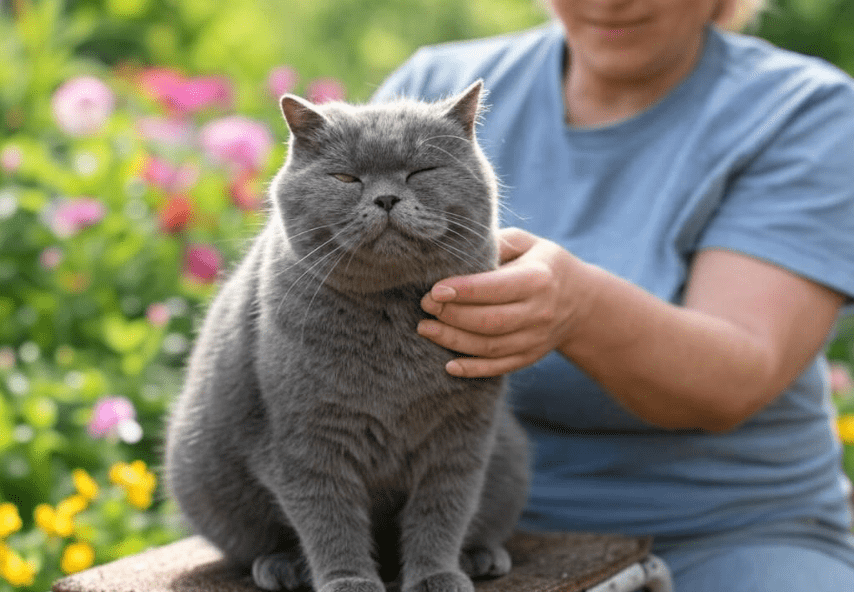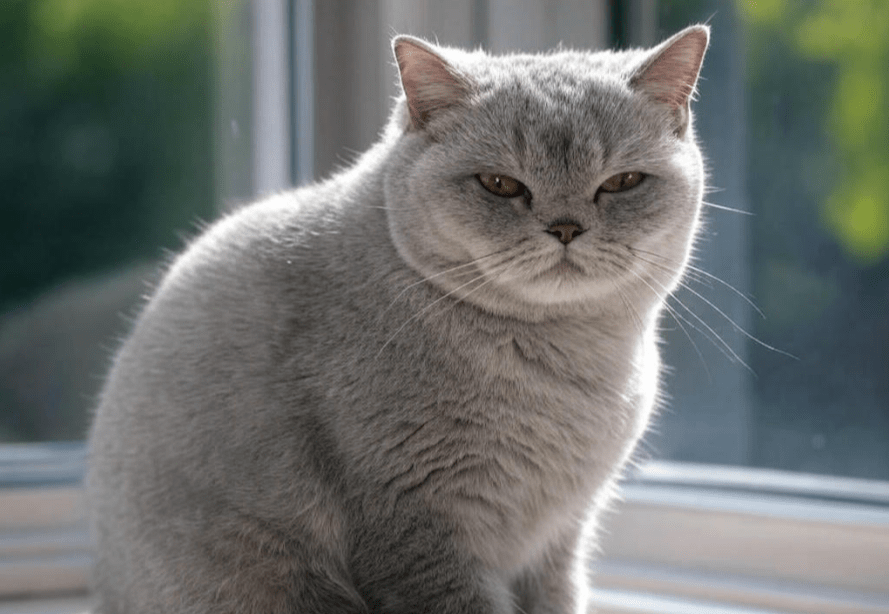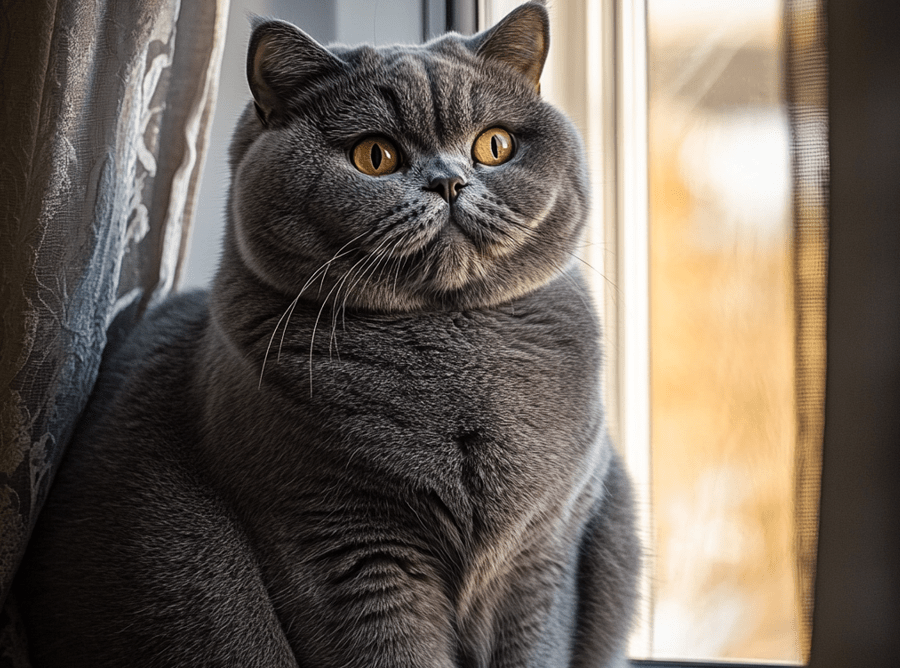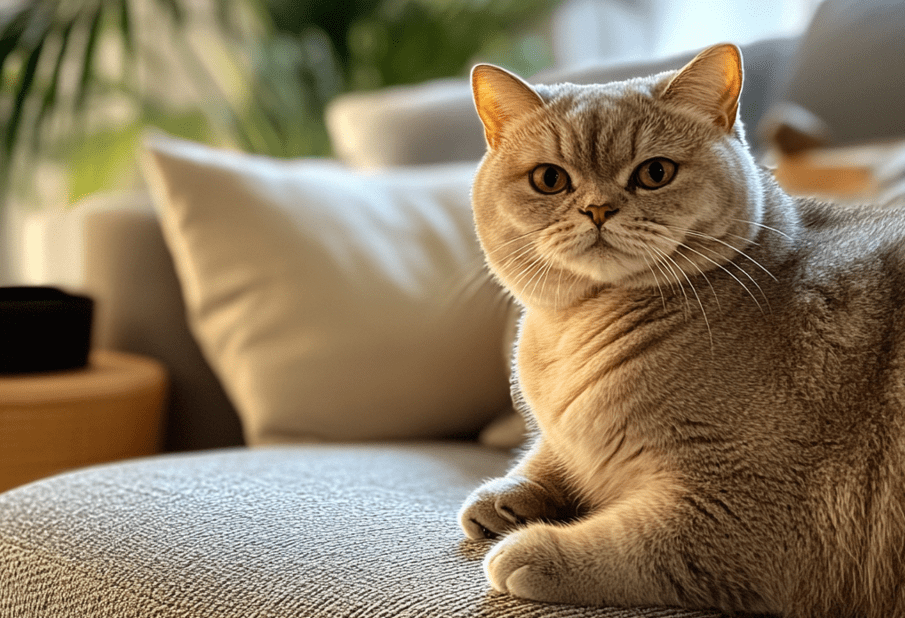
British Shorthairs, with their plush coats and charming personalities, are a beloved breed, but their sturdy build and tendency toward obesity require careful dietary management. Establishing a British Shorthair feeding schedule is essential to ensure they receive the right nutrients, maintain a healthy weight, and thrive at every life stage. This comprehensive guide provides step-by-step instructions on creating a tailored feeding schedule for your British Shorthair, covering kitten, adult, and senior needs, portion control, food choices, and expert tips to support their health. By following this guide, you’ll create a feeding routine that promotes longevity and vitality for your feline friend.
Why a British Shorthair Feeding Schedule Matters
British Shorthairs are prone to weight gain due to their muscular, stocky frames and relatively sedentary nature. Without a structured British Shorthair feeding schedule, overfeeding or inconsistent meals can lead to obesity, diabetes, or urinary issues, which are common in this breed. A well-planned feeding schedule:
Regulates Calorie Intake: Prevents overeating and supports weight management.
Promotes Digestive Health: Consistent meals aid digestion and reduce gastrointestinal upset.
Supports Urinary Health: Proper hydration and nutrition minimize the risk of urinary crystals.
Encourages Routine: Cats thrive on predictability, reducing stress and behavioral issues.
By tailoring the schedule to your British Shorthair’s age, activity level, and health needs, you can ensure they receive balanced nutrition and maintain optimal health.
Understanding British Shorthair Nutritional Needs
Before creating a British Shorthair feeding schedule, it’s crucial to understand their dietary requirements, which vary by life stage:

Kittens (0–12 Months)
High Protein: Supports rapid growth and muscle development.
Healthy Fats: Fuels energy and brain development.
Calcium and Phosphorus: Builds strong bones and teeth.
DHA: Supports brain and vision development.
Frequent Meals: Small stomachs require 4–5 meals daily.
Adults (1–7 Years)
Moderate Protein: Maintains muscle mass without excess calories.
Controlled Calories: Prevents obesity, a major concern for this breed.
Fiber: Supports digestion and prevents hairballs.
Taurine: Essential for heart and eye health.
2–3 Meals Daily: Meets lower energy needs.
Seniors (8+ Years)
Easily Digestible Protein: Supports aging muscles and kidneys.
Lower Calories: Adjusts for reduced activity levels.
Joint Support: Omega-3s and glucosamine aid mobility.
Hydration: Critical for kidney and urinary health.
2–3 Smaller Meals: Easier on aging digestive systems.
Steps to Create a British Shorthair Feeding Schedule
Follow these steps to design a British Shorthair feeding schedule tailored to your cat’s needs.
Step 1: Assess Your Cat’s Life Stage and Health
Determine your British Shorthair’s age, weight, activity level, and any health conditions (e.g., obesity, urinary issues, or food sensitivities). Consult your veterinarian for a body condition score (BCS) to confirm if your cat is at a healthy weight. This information guides portion sizes and food choices.
Step 2: Choose High-Quality Food
Select a high-quality cat food formulated for your British Shorthair’s life stage. Look for:
Real Meat as the First Ingredient: Ensures high protein content.
Low Carbohydrates: Avoid fillers like corn or soy.
Added Nutrients: Taurine, omega-3s, and fiber for overall health.
Urinary Health Support: Low magnesium or cranberry extract to prevent crystals.
Consider a mix of wet and dry food to promote hydration, as British Shorthairs are prone to urinary issues. Wet food also reduces calorie density, aiding weight control.
Step 3: Determine Portion Sizes
Portion sizes depend on your cat’s weight, activity level, and the food’s calorie content. Use the food packaging as a starting point, but adjust based on your cat’s needs. General guidelines:
Kittens: 1/2–1 cup of kitten food daily, split into 4–5 meals.
Adults: 1/2–3/4 cup of adult food daily, split into 2–3 meals (e.g., 10-pound cat).
Seniors: 1/3–2/3 cup of senior food daily, split into 2–3 meals.
For mixed diets, combine wet and dry food (e.g., 3 oz wet food + 1/4 cup dry food per meal). Use a measuring cup for accuracy, and consult your vet for personalized recommendations.
Step 4: Set Meal Times
Establish consistent meal times to create a predictable routine. Examples:
Kittens (4–5 meals):
7:00 AM: 1/4 cup kitten kibble
11:00 AM: 2 oz wet food
3:00 PM: 1/4 cup kibble
7:00 PM: 2 oz wet food
10:00 PM (optional): 1/8 cup kibble
Adults (2–3 meals):
7:00 AM: 1/4 cup dry food + 3 oz wet food
6:00 PM: 1/4 cup dry food + 3 oz wet food
(Optional) 12:00 PM: 1/8 cup dry food
Seniors (2–3 meals):
7:00 AM: 1/4 cup senior kibble + 2 oz wet food
6:00 PM: 1/4 cup senior kibble + 2 oz wet food
Space meals evenly to prevent hunger or overeating. Remove uneaten wet food after 20–30 minutes to avoid spoilage.
Step 5: Monitor and Adjust
Track your British Shorthair’s weight, energy levels, and stool quality to ensure the feeding schedule is effective. Signs of a good schedule include:
Healthy Weight: Ribs are felt with slight pressure, and a defined waistline is visible.
Firm Stools: Well-formed, consistent stools indicate good digestion.
Energy and Coat Health: A shiny coat and active demeanor reflect proper nutrition.
Adjust portions or meal frequency if your cat gains or loses weight, or consult your vet if digestive issues arise.
Step 6: Incorporate Hydration
British Shorthairs need ample water to support urinary health. Include wet food in the schedule, provide multiple water bowls, or use a cat water fountain to encourage drinking. Add water or low-sodium broth to wet food for extra moisture.
Sample British Shorthair Feeding Schedules
Here are sample British Shorthair feeding schedules for different life stages, assuming a healthy cat with no special dietary needs.

Kitten (6 Months, 5 Pounds)
Food: Royal Canin Kitten (dry and wet)
Daily Total: 3/4 cup dry + 4 oz wet food
Schedule:
7:00 AM: 1/4 cup dry food
11:00 AM: 2 oz wet food
3:00 PM: 1/4 cup dry food
7:00 PM: 2 oz wet food
10:00 PM: 1/4 cup dry food
Adult (3 Years, 10 Pounds)
Food: Purina Pro Plan Adult Weight Management (dry and wet)
Daily Total: 1/2 cup dry + 6 oz wet food
Schedule:
7:00 AM: 1/4 cup dry + 3 oz wet food
6:00 PM: 1/4 cup dry + 3 oz wet food
Senior (10 Years, 9 Pounds)
Food: Hill’s Science Diet Senior 7+ (dry and wet)
Daily Total: 1/3 cup dry + 4 oz wet food
Schedule:
7:00 AM: 1/6 cup dry + 2 oz wet food
6:00 PM: 1/6 cup dry + 2 oz wet food
These schedules are starting points. Adjust based on your cat’s needs and veterinary advice.
Recommended Foods for a British Shorthair Feeding Schedule
Choosing the right food is critical for an effective British Shorthair feeding schedule. Here are top picks for each life stage:
Kitten Foods
Royal Canin Kitten
High protein, DHA, and small kibble for easy chewing.
Supports growth and immunity.
Blue Buffalo Basics Kitten
Limited-ingredient formula for sensitive stomachs.
Turkey and potato-based for digestibility.
Hill’s Science Diet Kitten
Balanced nutrients with antioxidants for development.
Promotes healthy digestion.
Adult Foods
Royal Canin British Shorthair Adult
Tailored for the breed with moderate calories and taurine.
Supports weight control and heart health.
Purina Pro Plan Adult Weight Management
High protein, low calorie, with fiber for digestion.
Ideal for preventing obesity.
Orijen Fit & Trim
High protein, low carb, with whole-prey ingredients.
Mimics a natural diet for weight control.
Senior Foods
Hill’s Science Diet Senior 7+
Easily digestible protein and joint-supporting nutrients.
Supports kidney and urinary health.
Iams Proactive Health Senior
Balanced formula with fiber and antioxidants.
Promotes digestion and immunity.
Nutro Wholesome Essentials Senior
Chicken-based with omega-3s for coat and joint health.
Supports aging cats’ needs.
Transitioning to a New Feeding Schedule
If changing foods or adjusting the British Shorthair feeding schedule, transition gradually over 7–10 days to avoid digestive upset:
Days 1–3: 25% new food/schedule, 75% old.
Days 4–6: 50% new, 50% old.
Days 7–9: 75% new, 25% old.
Day 10: 100% new food/schedule.
Monitor for vomiting, diarrhea, or appetite changes, and slow the transition if issues arise.
Additional Tips for a Successful British Shorthair Feeding Schedule
Enhance your British Shorthair feeding schedule with these expert tips:
1. Avoid Free-Feeding
Leaving food out all day encourages overeating, leading to obesity. Stick to scheduled meals to control portions.
2. Use Puzzle Feeders
Puzzle feeders or slow-feed bowls stimulate mental engagement and slow eating, reducing the risk of bloating or overeating.
3. Groom Regularly
Brush weekly to reduce hairballs, which can disrupt digestion, especially in British Shorthairs with dense coats.
4. Exercise Daily
Encourage play with toys like feather wands or laser pointers to burn calories and support metabolism, aiding weight management.
5. Monitor Health Indicators
Check weight monthly, observe stool quality, and note energy levels. Consult your vet if you notice changes, such as soft stools or lethargy.
6. Account for Special Needs
If your British Shorthair has health issues (e.g., urinary problems or obesity), work with your vet to adjust the feeding schedule, possibly incorporating prescription diets.
Common Mistakes to Avoid
When creating a British Shorthair feeding schedule, steer clear of these pitfalls:
Overfeeding: Excess portions lead to obesity, especially in adults.
Inconsistent Timing: Irregular meals disrupt digestion and stress your cat.
Low-Quality Food: Fillers like corn or soy can cause digestive issues.
Ignoring Hydration: Insufficient water intake increases urinary risks.
Sudden Changes: Always transition foods or schedules gradually.
Conclusion

A well-crafted British Shorthair feeding schedule is the foundation of your cat’s health, helping to prevent obesity, support digestion, and promote a long, vibrant life. By assessing your cat’s life stage, choosing high-quality food, setting consistent meal times, and monitoring their health, you can create a feeding routine tailored to their unique needs. The sample schedules, recommended foods, and expert tips in this guide provide a roadmap to success. Pair your feeding schedule with regular exercise, hydration, and veterinary care to ensure your British Shorthair thrives for years to come.




